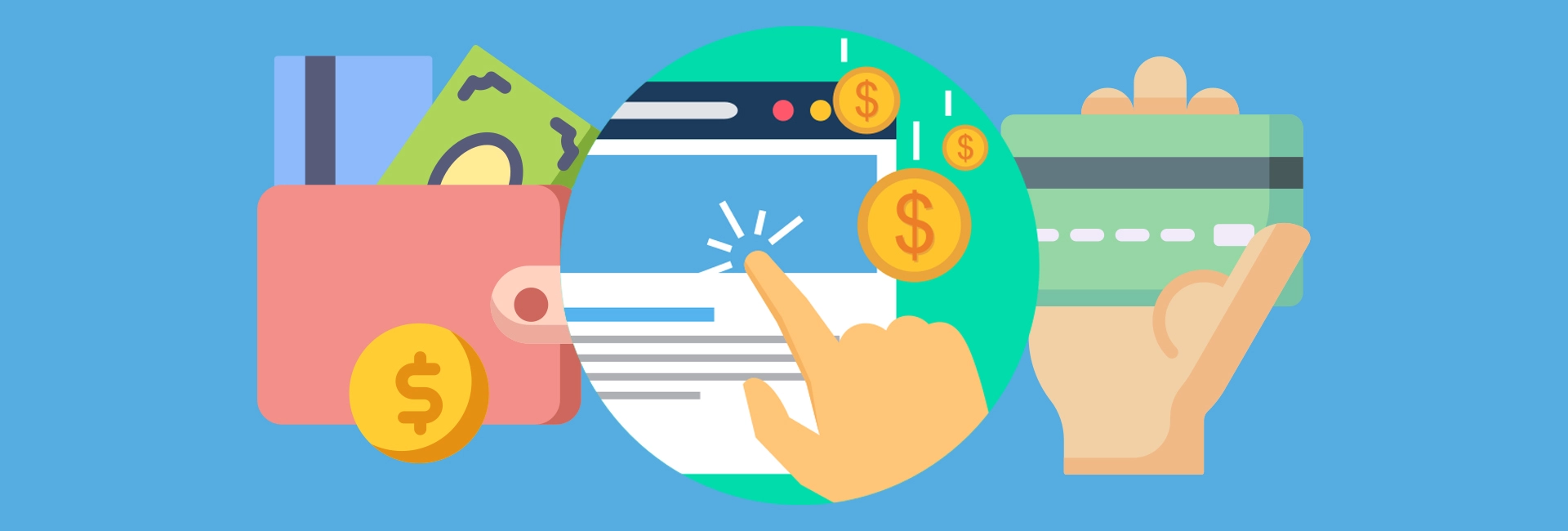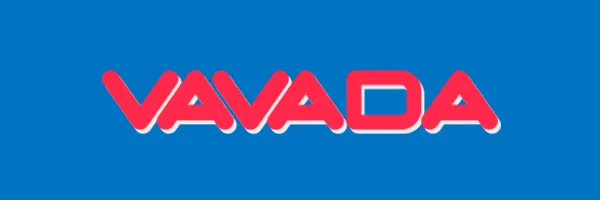Online casinos that accept Brazilian reals (BRL) are becoming increasingly popular among players in Brazil. The ability to use the national currency simplifies the deposit process, eliminates extra conversion fees, and makes gameplay more comfortable. These platforms not only offer familiar entertainment but also support widely used local payment systems like Pix, Boleto Bancário, and domestic bank transfers. On this page, we’ll explore the history of the Brazilian real, the specifics of online gambling with BRL, and the most popular methods for depositing and withdrawing funds.
For detailed information about gambling regulations in Brazil, visit this page.
History of the Currency

The Brazilian real (BRL) is the official currency of Brazil and has been in use since July 1, 1994. It was introduced as part of an economic reform known as the “Real Plan,” aimed at combating hyperinflation that had severely undermined the country’s financial stability. Before the real, Brazil went through a series of currencies—such as the cruzeiro and cruzado—each plagued by devaluation.
The new currency was named “real” in honor of the historical coinage used during Brazil’s colonial era until 1942. Initially pegged to the US dollar at a 1:1 rate, the real gained public confidence. Although it later transitioned to a floating exchange rate, it remains Brazil’s stable and primary currency. Its symbol is R$, and its international currency code is BRL. Today, the real is used not only in the traditional economy but also on online platforms, including top online casinos that cater to Brazilian players.
Key Dates
- Before 1942 — The original “real” was Brazil’s currency until replaced by the cruzeiro
- 1942 — Cruzeiro (CR$) introduced to replace the real
- 1967 — Cruzeiro reissued in a new version due to inflation
- 1986 — Cruzado (Cz$) introduced to replace the cruzeiro
- 1989 — Cruzado replaced by the “new cruzado” (NCz$), inflation persisted
- 1990 — Return to cruzeiro under a new exchange rate
- 1993 — Temporary use of the “cruzeiro real” (CR$) as a transitional currency
- July 1, 1994 — Modern Brazilian real (BRL) launched under the Real Plan
- 1999 — Real adopts a floating exchange rate, ending its fixed peg to the dollar
Features of Playing in Brazilian Reals

Choosing an online casino that supports Brazilian reals (BRL) offers numerous benefits for Brazilian players, but it also comes with a few important considerations. First and foremost, using your national currency eliminates exchange costs and makes balance management more intuitive. Players can deposit and withdraw funds in their local currency using familiar payment methods like Pix, Boleto Bancário, and bank transfers.
However, there are some limitations when playing in BRL. Not all international online casinos accept the real, so players must seek platforms tailored to the Brazilian market. Additionally, certain payment methods—particularly Boleto—may impose limits or require several business days to process transactions.
Some banks may also decline gambling-related transactions, especially those processed through international gateways. In these cases, electronic wallets or instant payments via Pix are more reliable and offer faster processing times.
While BRL is the standard currency in land-based casinos, such venues are few due to strict regulations. As a result, online casinos that accept Brazilian reais have become the go-to choice for players seeking convenient, fast, and localized gaming experiences.
Popular Payment Methods

Brazilian players have access to a wide range of payment options optimized for transactions in BRL. Choosing the right deposit and withdrawal method is essential for smooth and efficient gameplay. Here are the most commonly used methods:

Pix
An instant payment system developed by Brazil’s Central Bank, Pix enables real-time transfers between banks and online services 24/7 with no fees. Its speed and simplicity have quickly made it the top choice for casino deposits.

Boleto Bancário
A traditional payment method where players receive a payment slip and pay it through banks, ATMs, or online banking. Though reliable and popular, Boleto is slower, with processing times of up to three business days.

E-wallets
Fast and user-friendly services that support BRL, allowing quick deposits and withdrawals without direct bank involvement.

Internet Banking
Direct transfers between a player’s bank and the casino. While effective, they can involve delays and bank fees, making them less convenient.

Credit and Debit Cards
Still widely used, though some banks block gambling-related transactions on international platforms, making this option less reliable than Pix or e-wallets.

Cryptocurrencies
A growing number of players use digital currencies like BTC, ETH, LTC, and USDT. Their anonymity and transaction speed make them a standout option compared to traditional methods.
Most online casinos that cater to the Brazilian market now support these local systems, ensuring players can enjoy fast, cost-effective transactions without unnecessary delays.
Casinos for Playing in Brazilian Reals FAQ
Yes, many online casinos accept deposits and process withdrawals in BRL, allowing Brazilian players to avoid conversion fees and simplify transactions.
Pix is the most widely used for instant transfers. Other popular options include Boleto Bancário, e-wallets like Pay4Fun and AstroPay, bank transfers, and Visa/Mastercard—though the latter may face limitations.
Yes, some payment systems and banks may impose limits or block gambling-related transactions. Not all casinos support BRL, so it’s important to choose platforms tailored to Brazilian users.
Yes, both are considered secure. Pix offers instant, 24/7 processing, while Boleto is trusted but slower, with longer processing times.
The modern real (BRL) was introduced on July 1, 1994, as part of the Real Plan to stabilize Brazil’s economy after a period of rampant inflation. It has remained the country’s official currency ever since.


